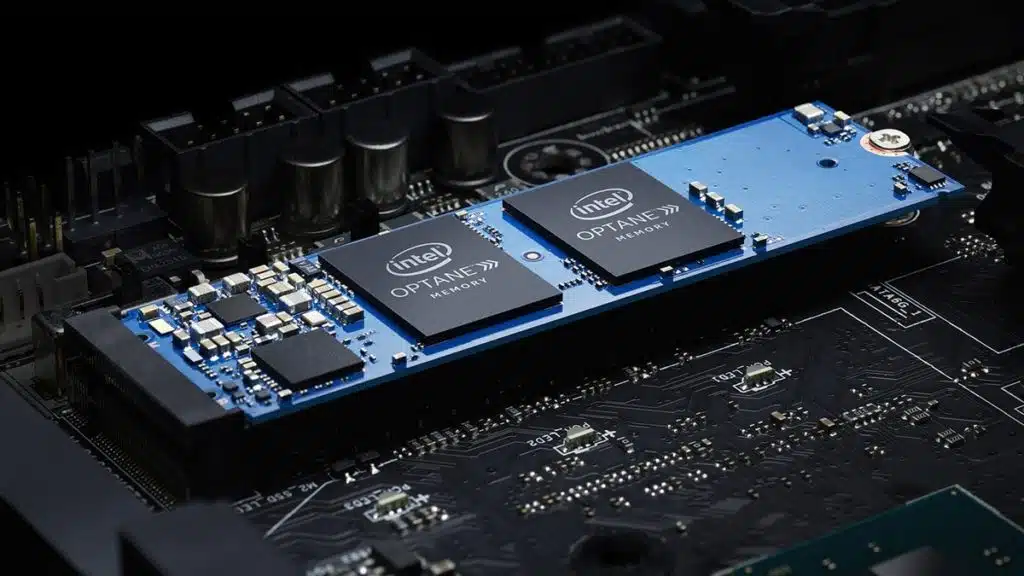
Intel announced in its Q2 2022 earnings release that it’s winding down its Optane memory business and ceasing its future product development. The earnings report detailed that Intel is still committed to meeting the needs of existing customers but has an inventory impairment of $559 million.
In the second quarter of 2022, we initiated the wind-down of our Intel Optane memory business, which is part of our DCAI operating segment. While Intel Optane is a leading technology, it was not aligned to our strategic priorities. Separately, we continue to embrace the CXL standard. As a result, we recognized an inventory impairment of $559 million in Cost of sales on the Consolidated Condensed Statements of Income in the second quarter of 2022. The impairment charge is recognized as a Corporate charge in the “all other” category presented above. As we wind down the Intel Optane business, we expect to continue to meet existing customer commitments.
Anandtech reached out to Intel regarding the statement and was given a few more details confirming the end of Optane.
We continue to rationalize our portfolio in support of our IDM 2.0 strategy. This includes evaluating divesting businesses that are either not sufficiently profitable or not core to our strategic objectives. After careful consideration, Intel plans to cease future product development within its Optane business. We are committed to supporting Optane customers through the transition.
Optane debuted in 2015 with its 3D XPoint memory technology and had many positive aspects from its unique design. From faster performance to increased endurance Optane had potential but was ultimately held back by rising costs and lack of sales. It was reported in February 2022 that Intel’s Optane business had over $576 million in losses for 2020 with a near equal amount that was expected for 2021.
Source: Anandtech
